Traveling to far away places is my passion, and Japan is a country I have visited on numerous occasions.
Over the years, I have picked up a basic vocabulary which allows me to get by: Animal names, foods, colors, various adjectives, introductions and pronouns. What I am lacking is practice in putting it all together. I am lacking sentence structure and dialog in order to speak with the locals.
Rosetta Stone has been around since the 1990’s and I remember seeing their booths at the mall. Back then, language courses were exclusively offered on audio CD’s and as computer software. But in the meantime with smartphones being omnipresent, their course material is also conveniently available as an app.
Learning a foreign language with the Rosetta Stone app
For the past weeks, I have been testing the Japanese language app by Rosetta Stone. One of the first impressions was that this method is really different from how languages are taught in school. In fact, the Japanese course is mainly taught in Japanese – from the very first lesson. I kept looking for a way to change the language settings, but this is the point of immersive learning. You are required to listen and figure things out on your own, without constantly translating words back to your native language. It is also made for those of us who couldn’t care less about studying grammar (me!), because it is taught in the concept of a sentence.
For example, the Rosetta Stone app will repeat a similar sentence for each picture, but with one word varying all the time. The more you hear and repeat the sentence, the more it sinks in what the expression for “girl”, “woman”, “boy” and “man” must be:
There are no translations or explanations in English whatsoever, so it sometimes takes some grit to figure out what a certain word means. The key is to move through the levels without skipping a class in between. In most cases where I had question marks, the answers came in a later exercise.
As you move along, more words are gradually introduced and sentences get longer. Each language course is structured into units, with Unit 1 being akin to a “101” course. There are lessons focusing on pronunciation, vocabulary and grammar, giving me ample choice and variation:
In the beginning, I had a hard time completing the pronunciation modules. (For some reason, the app would not recognize my voice.) After reinstalling the app, the problem with speech recognition was solved and my futile attempts at repeating complex sentences were “heard…” It felt strange hearing myself talk out loud, but the practical application of recalling long sentences is probably why Rosetta Stone is so effective.
More advanced courses are built around entire themes such as travel, health and social life. (I have also started using the French course to brush up on my Français…)
A few weeks in, I really think the Rosetta Stone learning approach works on me. The ultimate test will be the next time I travel to Japan, but I am pretty confident that I have become more fluent. And sure, you might argue that 300 francs for a one-year electronic subscription is a hefty price tag. On the other hand, taking language courses at a local school will cost a multiple of this. The subscription also includes online sessions with native tutors – a feature which I have yet to take advantage of. And who knows, maybe it forces you to actually take advantage of the subscription while you have it and finish the course material within 12 months?
More information about Rosetta Stone
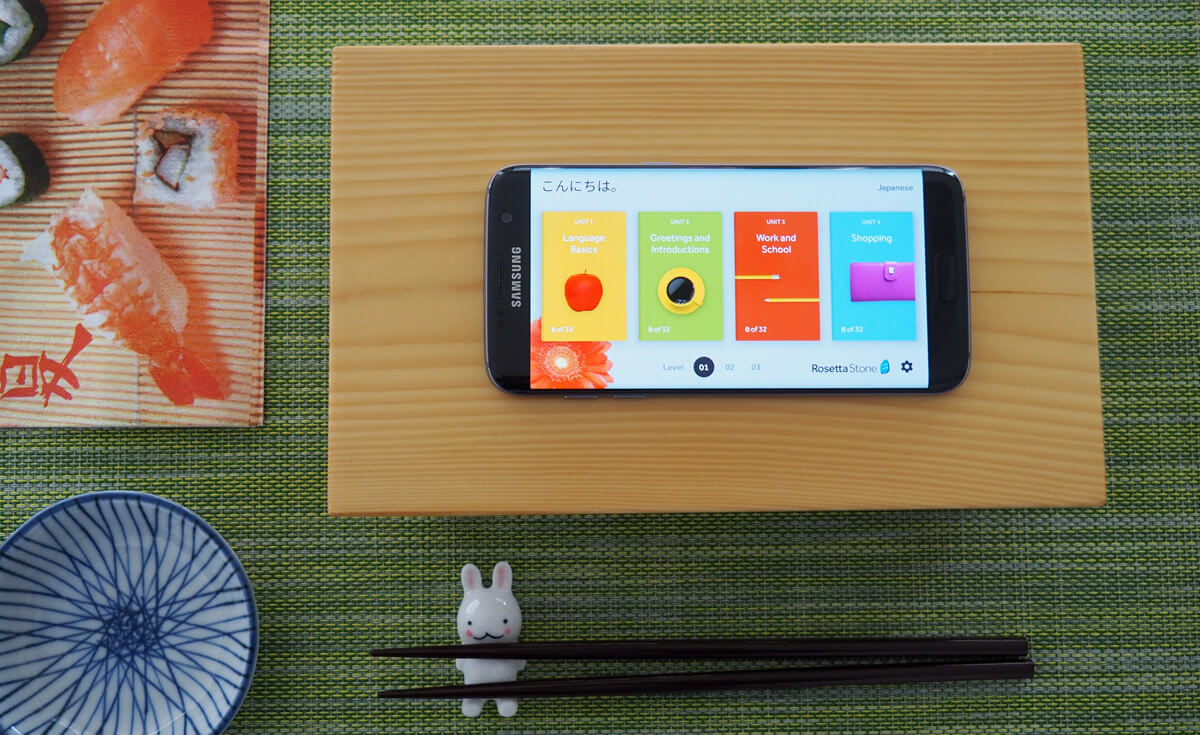


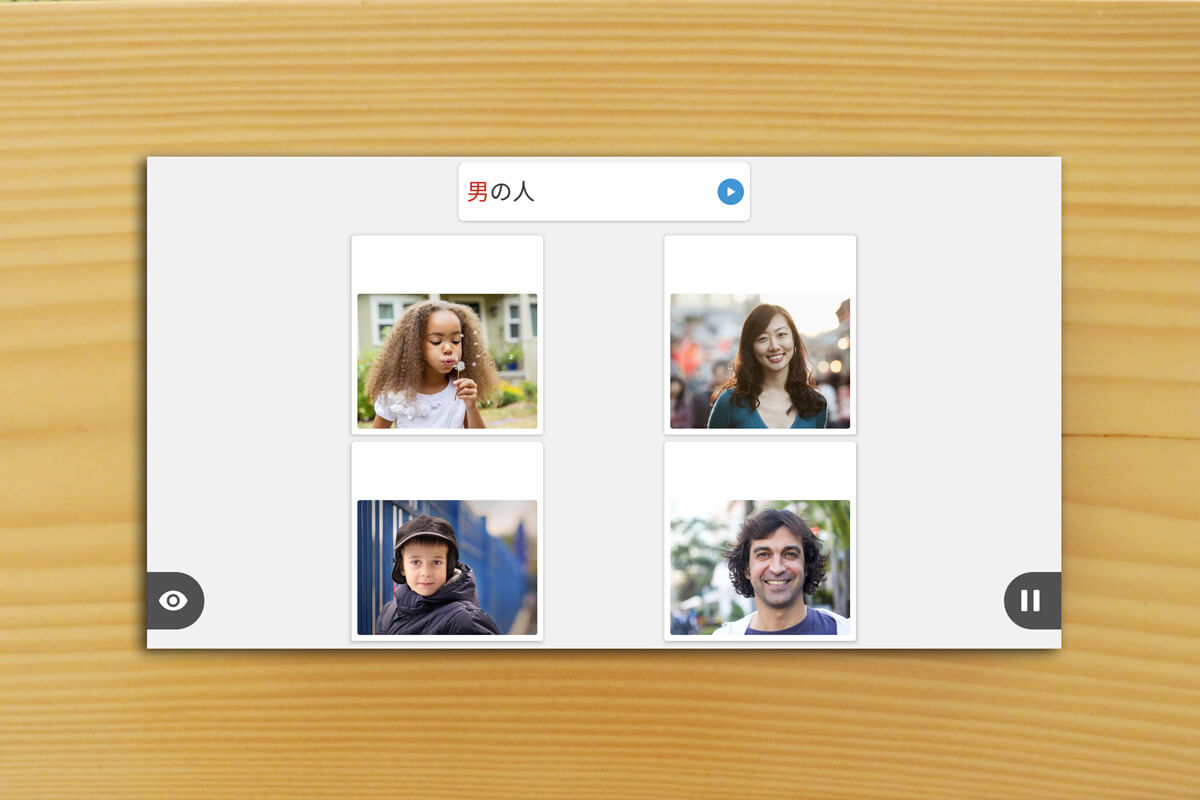
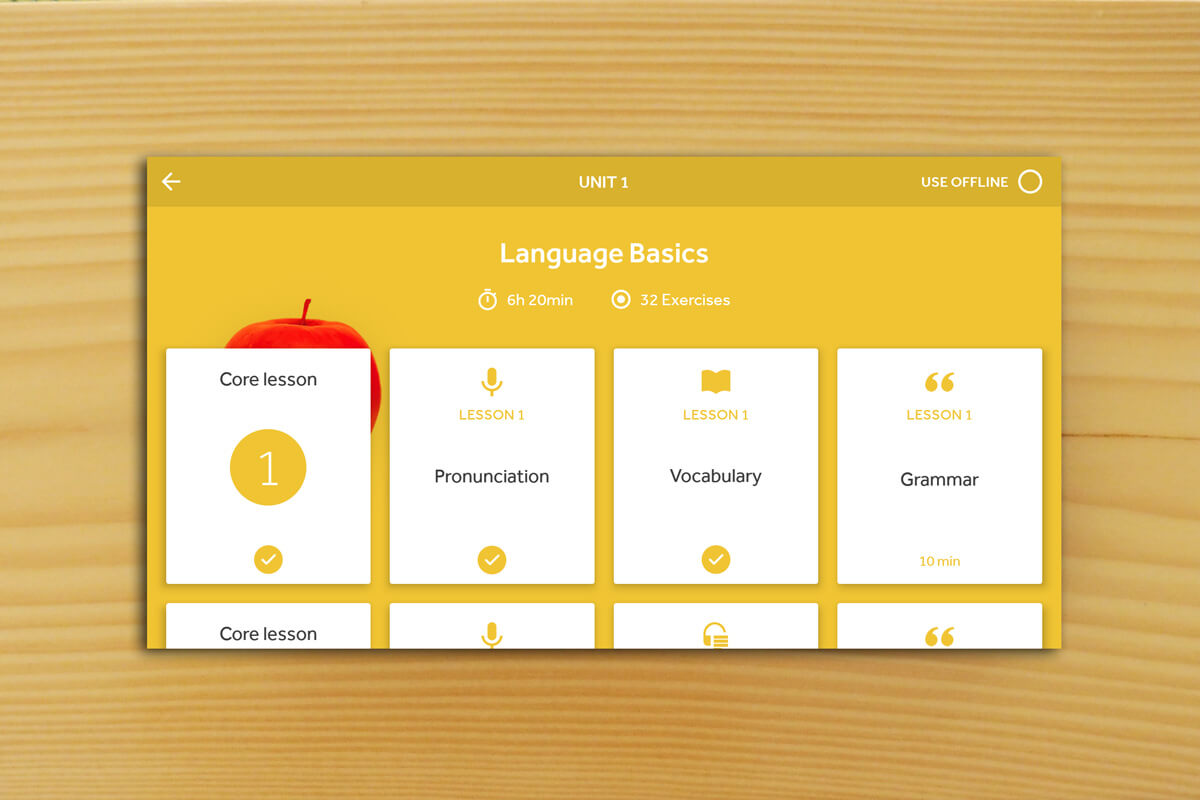
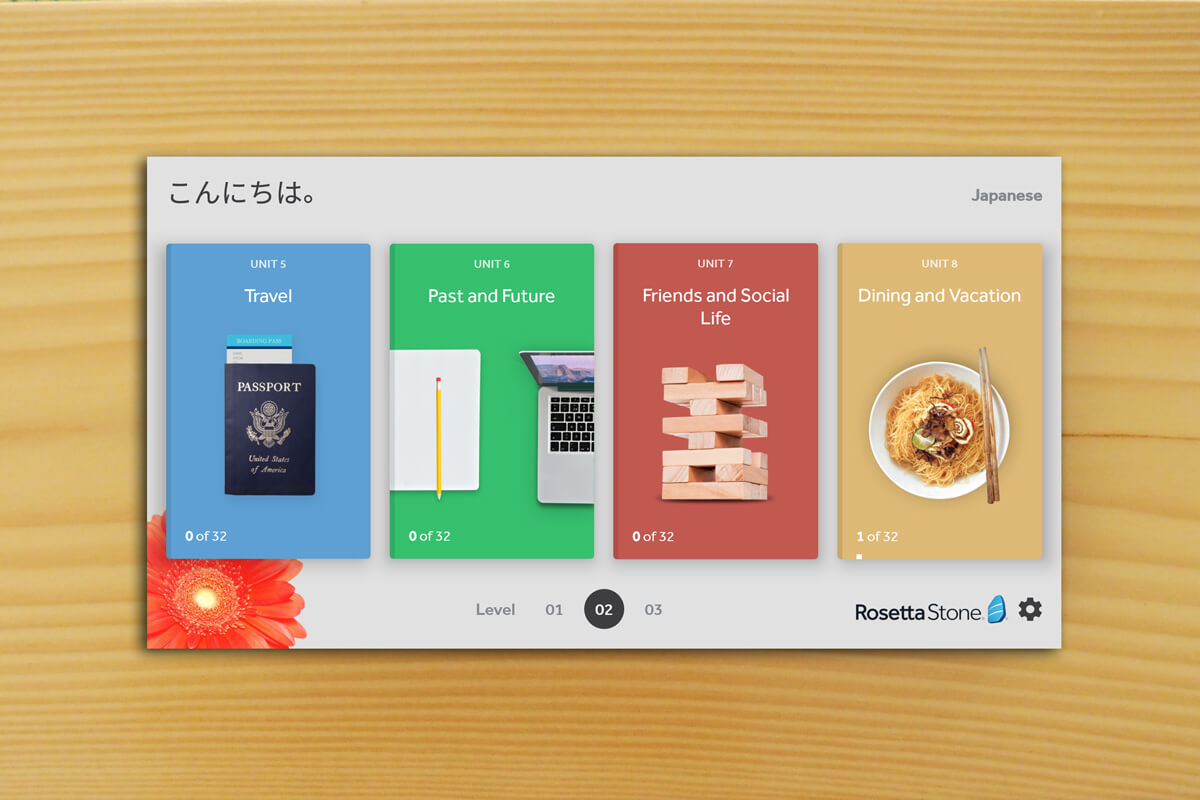

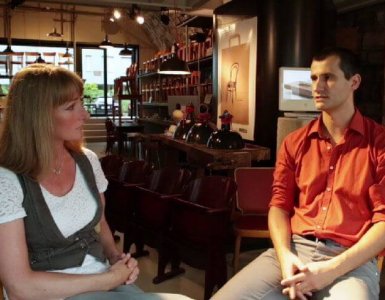
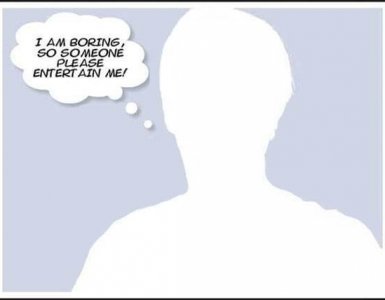

Add comment